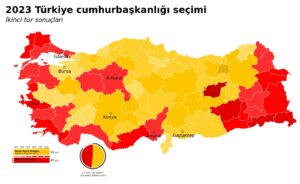Zazaki: The Soulful Cry of a Disappearing Language

Ma’z Êst Analyse
Zazaki, with its deep historical roots and rich cultural heritage, has been proven and will continue to do so. Kurmanji Kurdish and Zazaki Kurdish, as well as Zazaki Hewrami and Kelhorî, are both « distinct » and intricately linked to each other.
For example, Kelhori Kurds say, « We are the true Kurds, » and Zazaki speakers say, « We are the true Kurds. » As you can see, the similarities between the language spoken in Kermanshah and Hamadan and the Zazaki language are filled with indiscernible etymological realities.
As shown in the table above, Zazaki and Kurmanji have undergone modifications over time due to social and political communication reasons, although they originate from the same word roots. This difference does not mean a difference in language but is caused by changes in the « suffixes » of these words. Thus, contrary to what is claimed, this is by no means about two nations and two different languages.
Etymology is a discipline that can be considered the key to words or even the atom of language, and it is a serious discipline that can distinguish humorous or superficial approaches to philology by analyzing their molecules. It is the foundation of a sound, objective science and must be learned and conveyed by objective scholars.
Not everyone can be a philologist just because they speak or write a language. Knowing a language and knowing its etymology do not mean the same thing, and it is not within everyone’s reach to claim it. Philology requires a lot of effort, and if you pave your way with selfishness, this path will become dirty and difficult, turning into a dead-end.
Moreover, the difference between Zazaki and Kurmanji is like the difference between « two drops of rain or two snowflakes, » where the only difference between the two drops lies in their falling speed, and there is no real difference between these speeds.
Tarî Hola – Ma’z Êst Analysis

Yenillik için abone olun !



